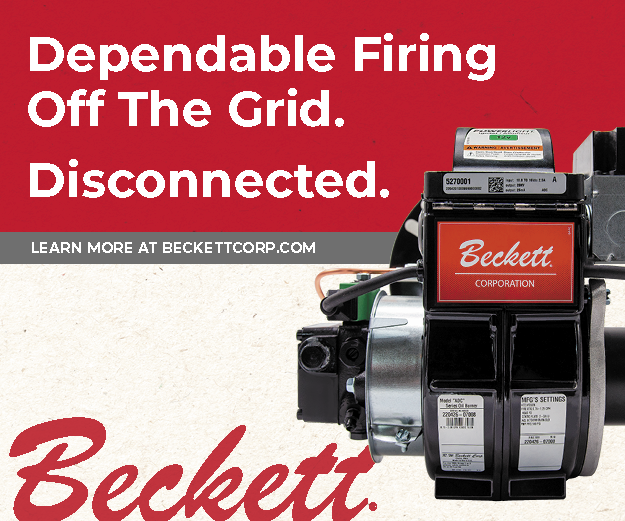
The ABCs of Hearing Protection, Part II
Published October 2014

Editor’s Note: This article was initially published in the September 2007 edition of Cleaner Times. Part I was reprinted in the September issue of Cleaner Times|IWA.
A Company Hearing Conservation Program
If the preceding tip (See part one, September 2014 CT|IWA) or other circumstances indicate that work area noise levels may be a cause for concern, the first thing you need to do is get a yes-or-no answer by measuring noise levels. Sound-measuring equipment is not cheap, so for a first go-round it may be advantageous to hire a certified professional to check noise levels.
If the measurements indicate that the maximum noise level allowed by OSHA for no hearing protection is being exceeded (intermittently or continuously) in a work area, don’t just run out and buy some ear plugs or ear muffs. You need to establish a hearing conservation program. Establishing a hearing program does not have to be particularly burdensome. Following are highlights of the five components of a program.
• Noise Monitoring—Aside from the initial testing, you need to put in place a plan for periodic re-measurement of workplace noise. The frequency and nature of the testing depend upon the details of your situation. In some situations, the sound level for an overall area is measured. In others, employees wear personal sound dosimeters to collect measurements.
• Audiometric Testing—Employees who work in areas where OSHA requires hearing protection must be given annual hearing tests. Noise-induced hearing damage can only be determined when audiograms are compared year-by-year. If the yearly hearing tests reveal hearing loss of 10 decibels or more in higher pitches in either ear, the worker must be informed.
• Hearing Protectors—Ear plugs and ear muffs are the two commonly-used devices to protect against loud noise.
• Employee Training—Employees who work in areas where OSHA requires hearing protection must receive annual training in the hazards of excessive noise, use and care of hearing protectors, and matters related to annual hearing tests. The training can use methods such as classroom, one-on-one, written material, or video.
• Record Keeping—Annual records of the preceding four items are needed, as well as details of your program and an annual review of its effectiveness.
The Decibel
A decibel (dB) number is a special kind of ratio (logarithmic). In the case of sound levels, the reference level is the faintest sound the human ear can detect, which is called 0 dB. Other sound levels are expressed as a ratio in dB to the reference level.
It’s difficult to get an intuitive feel for the decibel scale because it is nonlinear. Doubling a sound power level equals an increase of 3 dB; increasing the sound power by a factor of 10 equals 10 dB; increasing the power by a factor of 100 equals 20 dB.
Combine the nonlinearity of the dB scale with the incredibly wide range of sound levels detectable by a healthy ear, and intuition goes out the window. For example, a wad of cotton or tissue stuffed into the ear is said to reduce noise level by roughly 7 dB. Since a 7 dB reduction is an 80 percent reduction, the makeshift cotton or tissue approach sounds effective. The reality is that’s a very poor amount of noise reduction.
A further complication is that the dB ratio is usually adjusted to compensate for the effects of different frequencies. The adjusted version is called the A-weighted scale, and the ratio units are expressed as dBA.
Rating Hearing Protectors
Ear plugs and ear muffs for hearing protection are assigned Noise Reduction Rating (NRR) values, expressed in dB. Under ideal conditions, the NRR (in dB) is subtracted from the ambient noise level (in dB) to obtain the noise level reaching the eardrum. But OSHA recommends a conservative approach consisting of these two steps:
• Subtract 7 dB from the protector’s rated NRR;
• Divide the result by 2.
For example, the OSHA method means a protector NRR rating of 19 dB is treated as though it were actually 6 dB.
Don’t Overprotect
Too much protection may be just as harmful as inadequate protection. Common sense observations indicate excessive hearing protection. If the employee using hearing protection cannot effectively communicate with others, or determine if equipment is running properly, or hear warning signals, too much protection may be in use. A tip-off is seeing the employee remove hearing protection to talk with someone or to hear if a machine is running normally.
The bottom line is that employers need to know how to watch for excessive noise situations and what to do if there is a reasonable likelihood that noise levels may be excessive.
More Info
Resources for hearing protection abound on the Internet. Here are a few examples.
NIOSH
“Preventing Occupational Hearing Loss: A Practical Guide”
Although published in 1996, this comprehensive guide remains a valuable resource. This document is in the public domain and may be freely reprinted or copied. www.cdc.gov/niosh/docs/96-110/pdfs/96-110.pdf“Hearing Protector Device Compendium”
This extremely valuable page offers searching for manufacturers and models of ear plugs and ear muffs according to factors you specify. Sidebar links connect with more resources, including a free online hearing test. www2a.cdc.gov/hp-devices/hp_srchpg01.aspNIOSH home page
Go to www.cdc.gov/niosh and type “hearing” into the search box for lots of information.National Hearing Conservation Association
Informative tutorials and information resources for hearing conservation. www.hearingconservation.orgAmerican Academy of Otolaryngology—Head and Neck Surgery
Excellent tutorial about hearing loss and hearing protection. www.entnet.org/?q=node/1253





